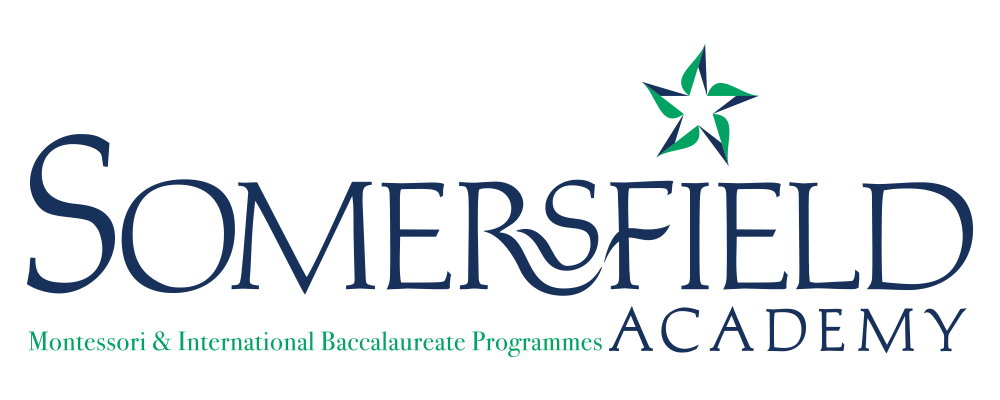The Montessori Approach to Mathematics
The last of Montessori’s Great Stories is the Story of Numbers. Like the other stories, the idea is to give students a broader vision of this area of study. Why were numbers created? How are math and geometry important for humans? These are the guiding questions of the lesson. From there, the teacher gives students information on the history of numbers as a story. Montessori understood a hundred years ago what researchers are now confirming - that humans are more likely to retain information that is relayed in story form. This is an ancient way of transferring information to children that is still relevant.
The Concrete to Abstract Journey
By using concrete materials children learn the basic concepts of mathematic. Montessori students use concrete hands-on learning materials that make abstract concepts more clear. Lessons and activities are introduced simply and concretely and are reintroduced several times during the following years at increasing degrees of abstraction and complexity.
All of the materials in the Montessori classroom have been specifically designed to attract the interest of the student, while at the same time teaching an important concept. Montessori believed that “what the hand does, the mind remembers”. Concrete materials make concepts real, and therefore easily internalised. The student works abstractly (paper and pencil) when he or she has internalised the pattern and no longer needs the Montessori material.
Maria Montessori believed that all humans are born with a “mathematical mind”. The use of concrete materials to learn abstract concepts and operations is fundamental to the development of the mathematical mind in the Montessori classroom as the materials represent abstract ideas. The materials can be felt and manipulated so that the hand is always involved in the learning process.
This approach to math is logical, clear and extremely effective. It allows the students to internalise math skills by using concrete materials and progressing at their own pace toward abstract concepts. Students understand and develop a solid foundation in mathematics. Later, as they master the concrete they begin to move to the abstract, where the child begins to solve problems with paper and pencil while still working with the materials.


